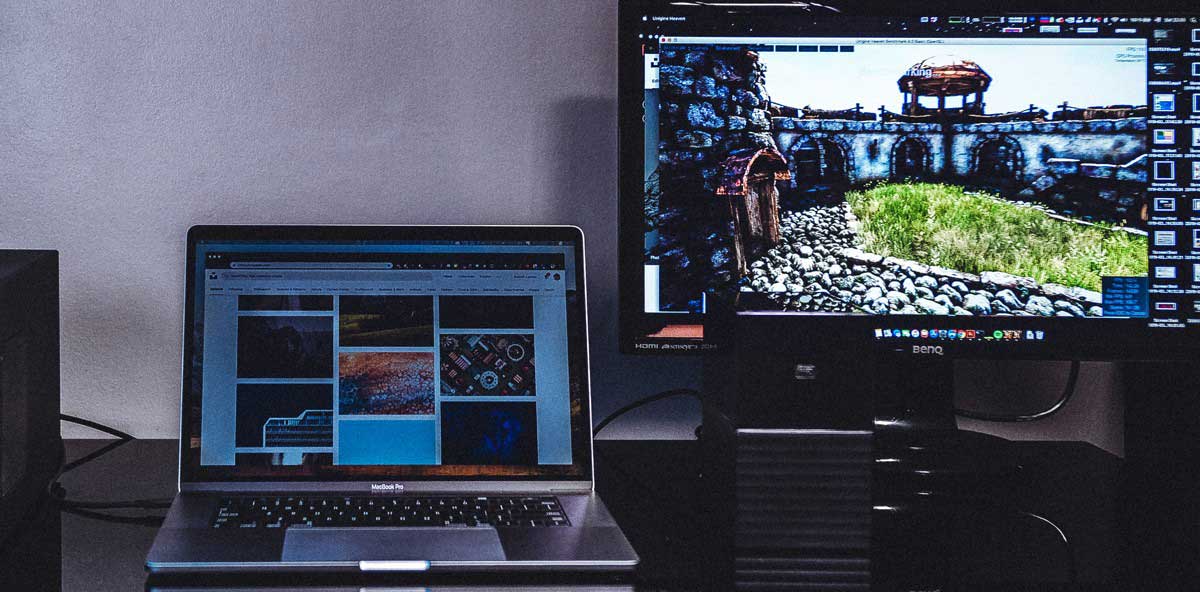Website Images Worth a Thousand Words!
Why do I need high-quality, high-resolution images on my website?
What do my website images tell my potential customers?
How do I make sure I’m using the right types of images?
Think about the last time you met someone new. Their clothes, hairstyle, and the way they presented themselves gave you an instant impression. Similarly, visitors to your website form an immediate judgment based on your visuals. To keep them engaged, your website needs to “dress to impress” with high-quality images.
The Power of Visuals
A large portion of human learning is visual—about 83%. This means every image on your website teaches potential customers something important about your business.
Take Melodie, for example. She owns “Send Them Chicago,” a gift basket company. Melodie uses high-resolution photos on her website to showcase her products’ quality. As a result, she has seen a 90% increase in inquiries and converted 98% of those into new customers.
Key Points for Effective Website Images
To ensure your website images are working for you, consider the following:
- Are your images clear?
- Are they your own images?
- Are they the right size?
- Are they in the right format?
Let’s break these down:
1. Clarity and Quality
Ensure your images are high-quality and crystal clear. If visitors click on a photo, it should expand to a sharp, larger version. Use contrasting backgrounds to make your products stand out. For businesses like interior decorators or jewelry designers, investing in a professional photographer can be beneficial.
Even service-based businesses should use high-quality images. Choose photos that complement your site’s design and brand style. Photos of real people—employees, happy customers, or business partners—can add a personal touch.
2. Authenticity
Using your own images creates authenticity. However, “authentic” doesn’t mean “anything goes.” Your photos should still be professional and high-quality. If you want to use images taken by others, ensure you have permission, as they are the photographer’s intellectual property.
If you lack your own photos, consider purchasing stock images. Be cautious to select ones that don’t look too fake or out of place. Always check the terms and conditions for any images you use, free or paid.
3. Proper Sizing
Keep image files small (around 100 kilobytes or less) to avoid slow load times. Limit large images to about five per page. Remember, you can resize a large image to be smaller, but enlarging a small image can make it look blurry and pixelated.
4. Correct Format
Use WebP, JPG, GIF, or PNG formats for your images. You can convert images using your computer or an online tool. Consistency is key; use similar styles and backgrounds for a cohesive look.
5. Alt Text for Accessibility and SEO
Alt text is a short description of an image that appears if the image doesn’t load. It helps with accessibility and SEO. Write alt text that is useful to customers. For instance, Melodie might use “Windy City Welcome Basket with Chicago-style cookies, popcorn, and chocolate” instead of “Basket Option 1 with cookies, popcorn, and chocolate.”
By following these tips, you can make sure your website images not only look great but also enhance your brand and improve user experience.





